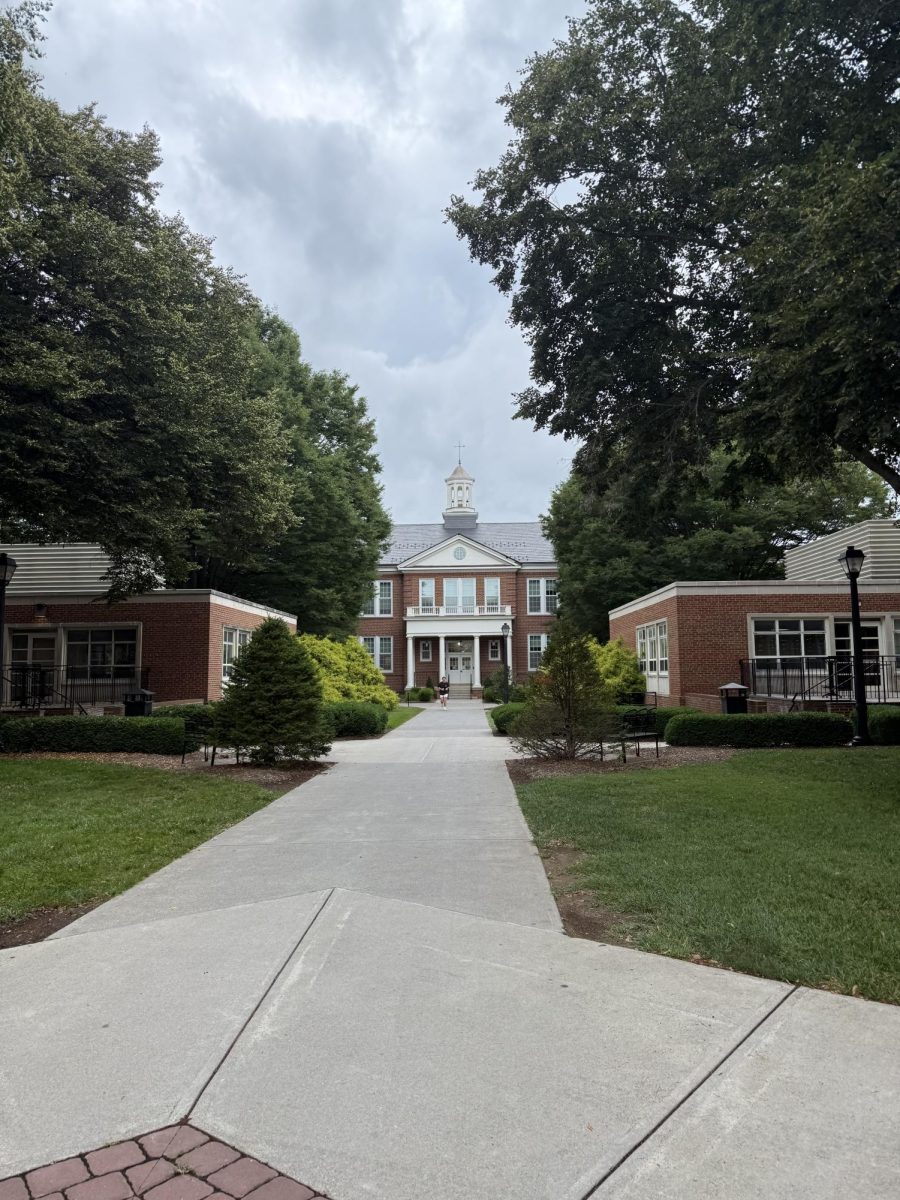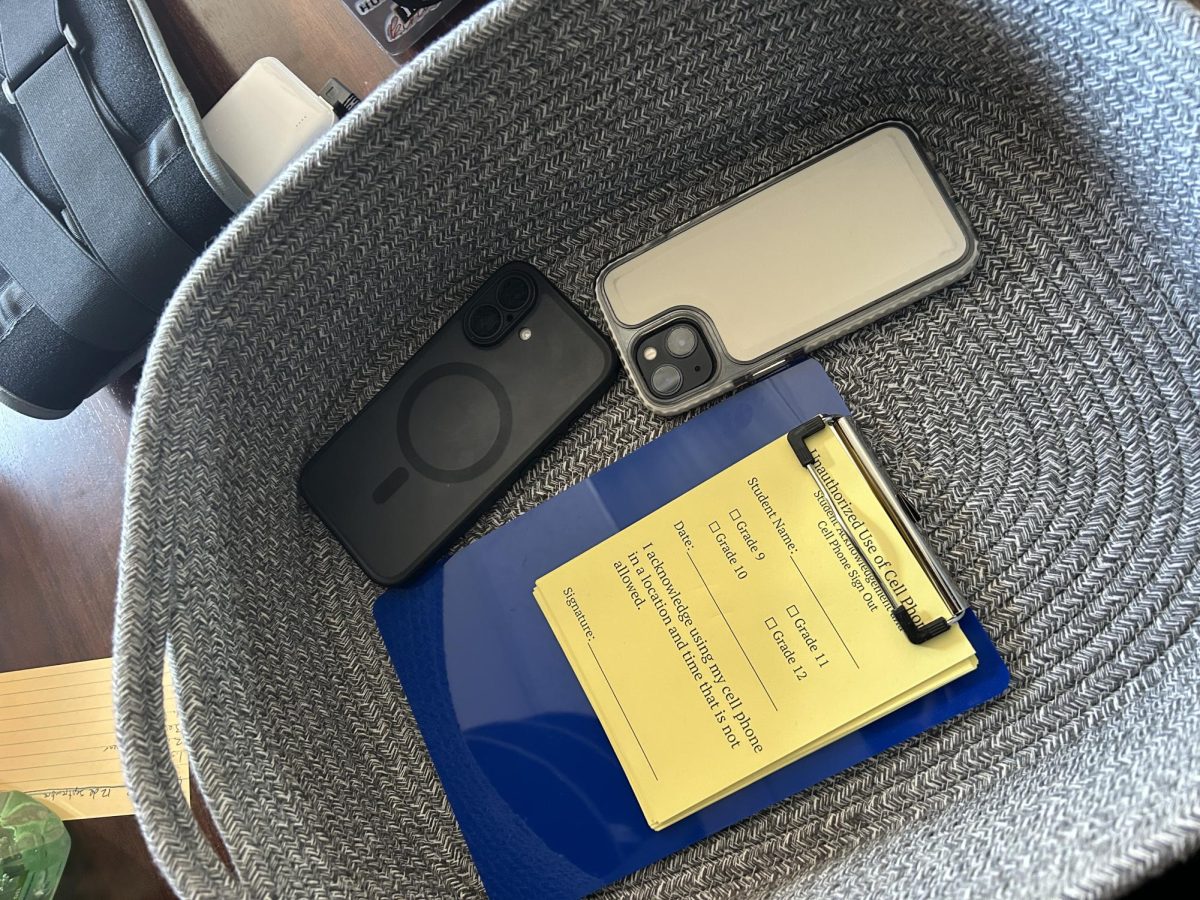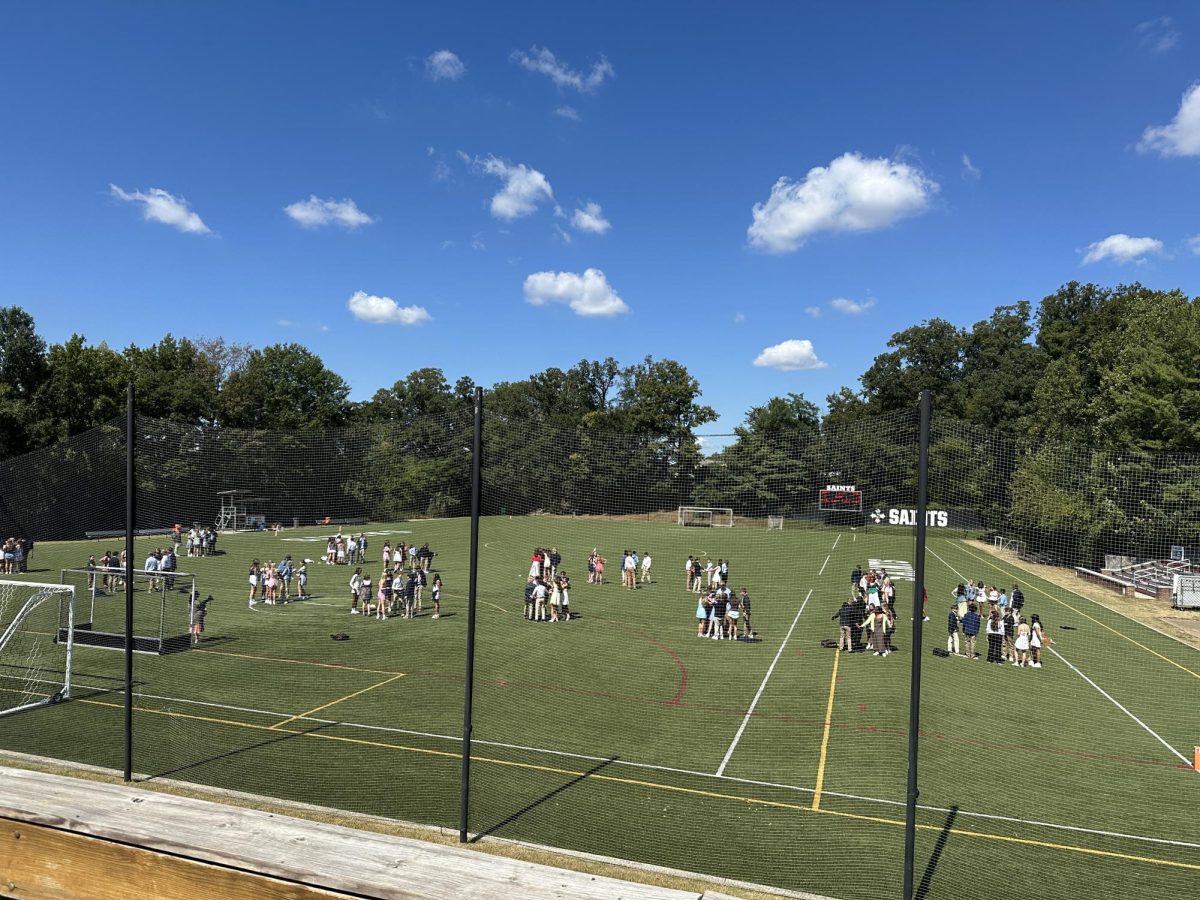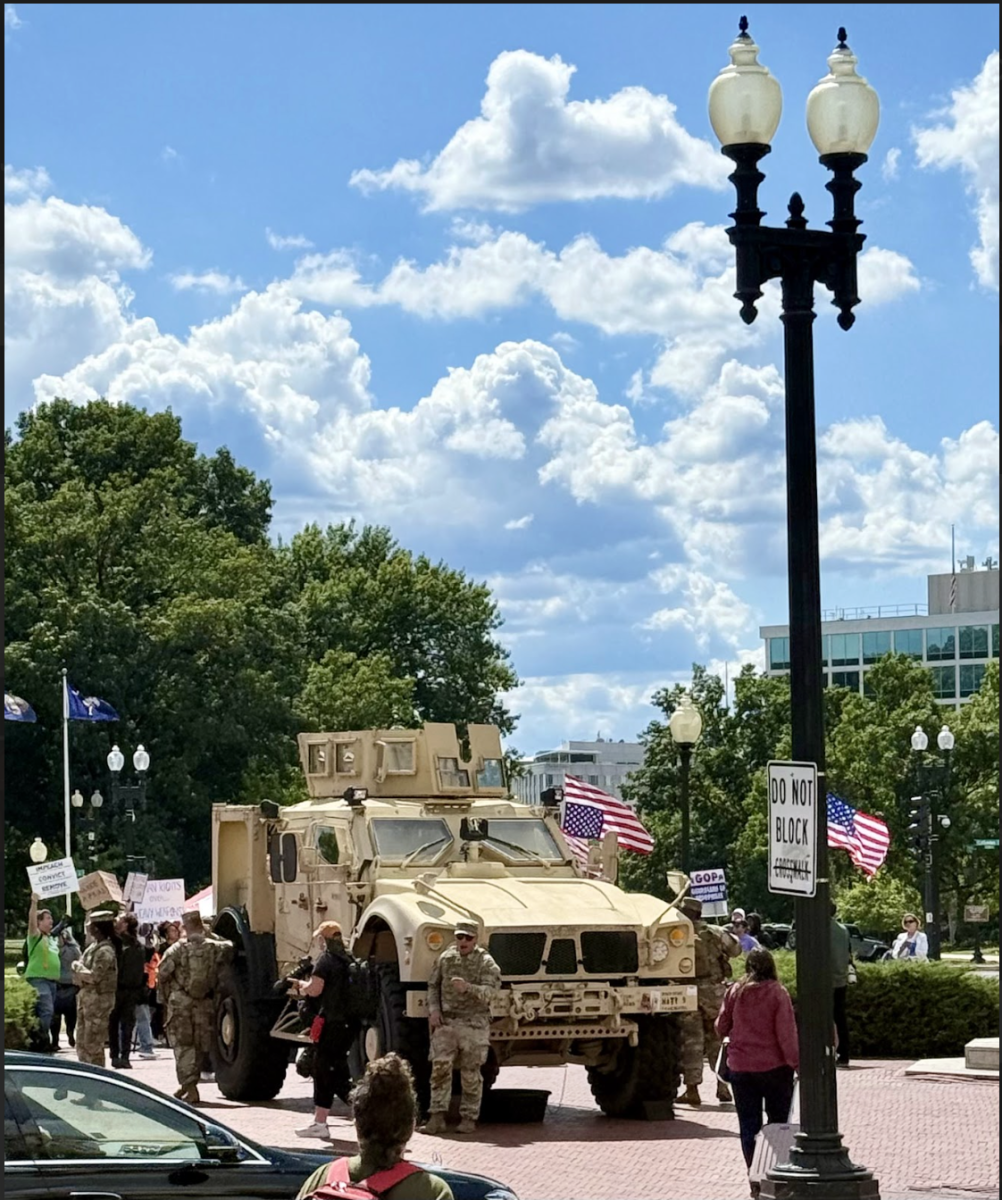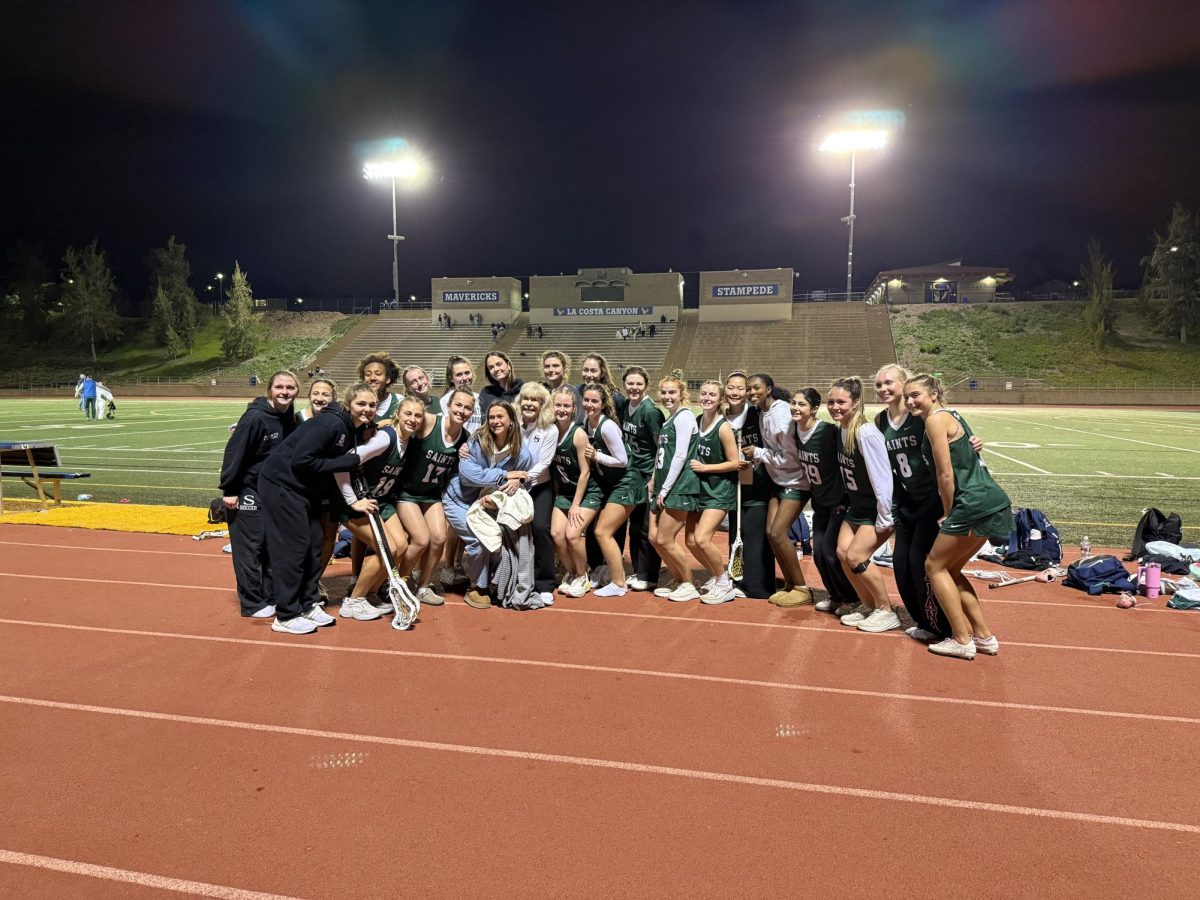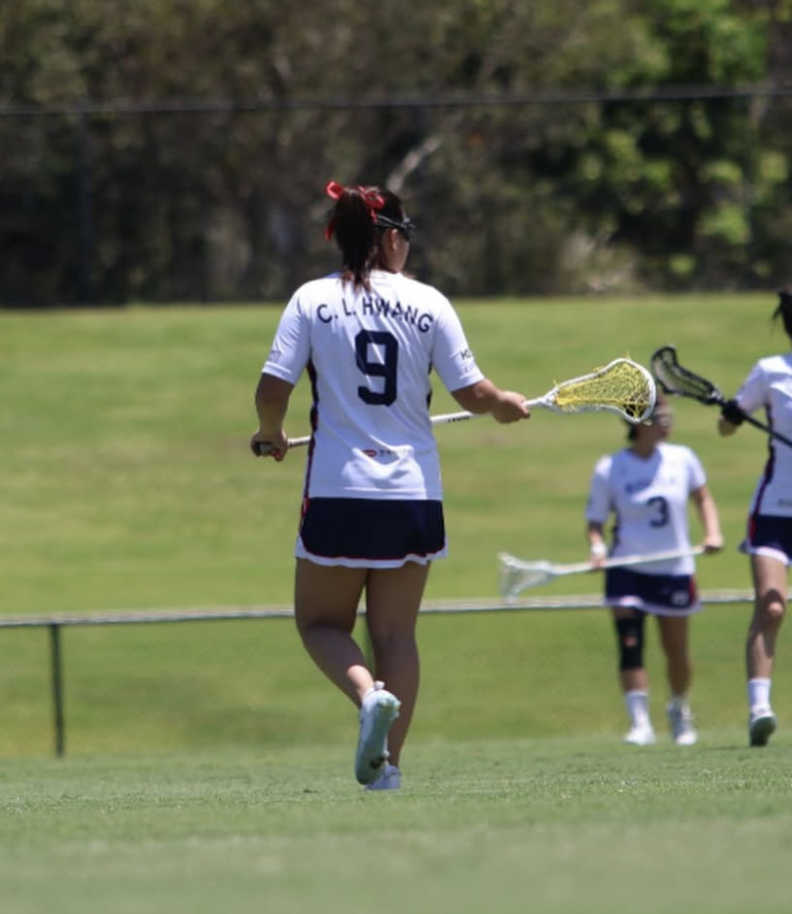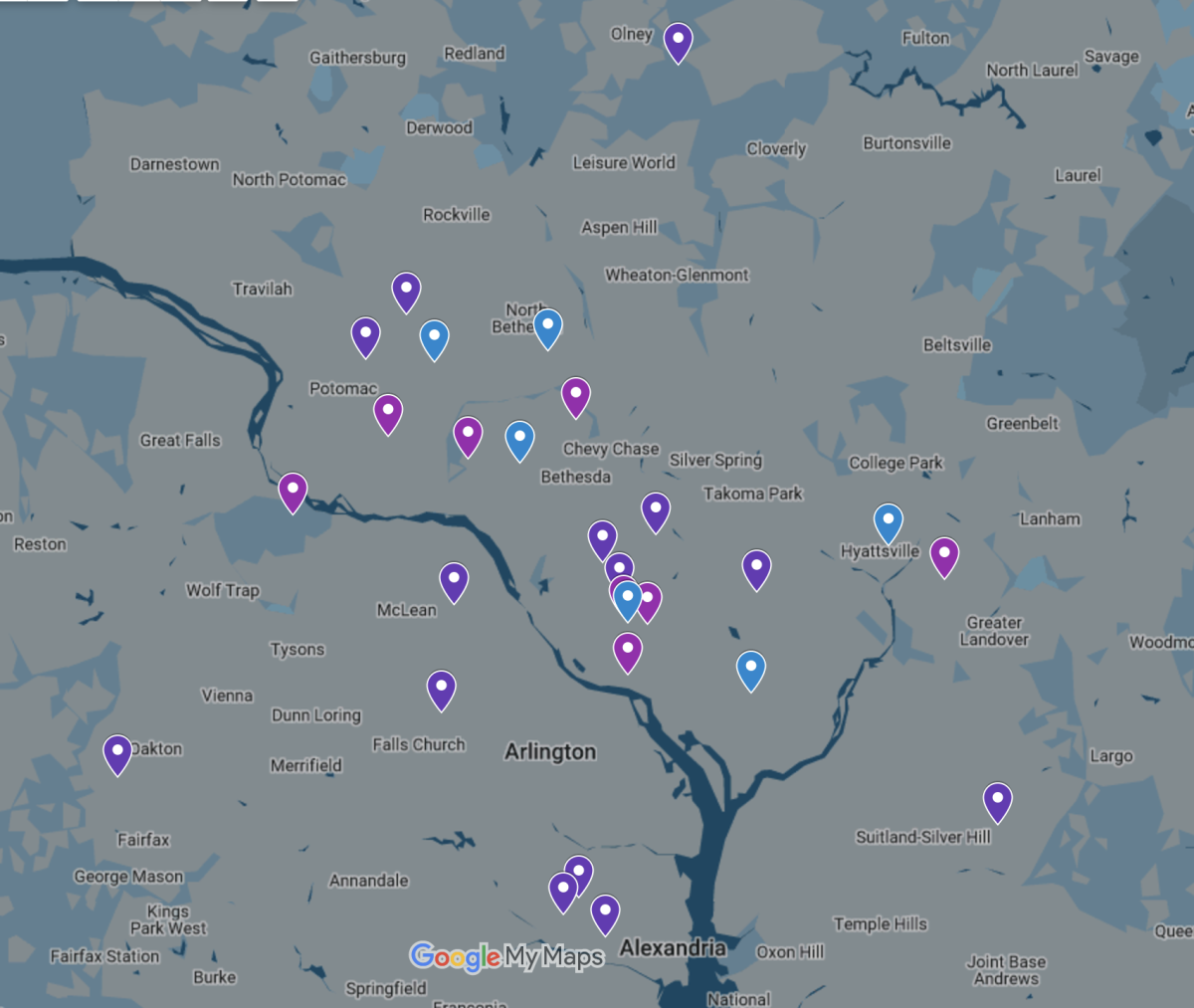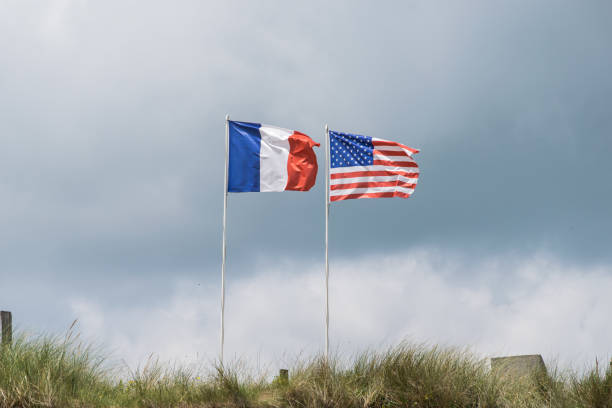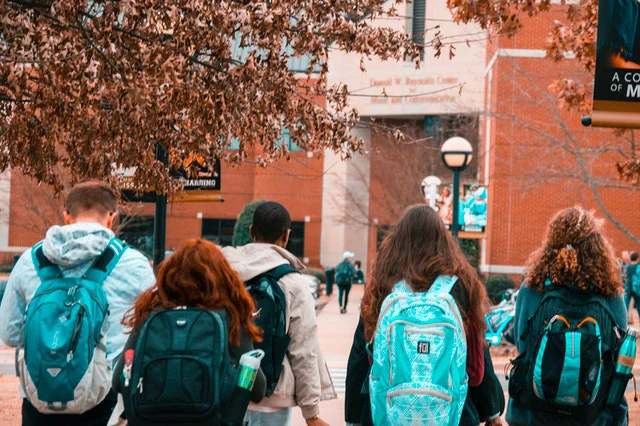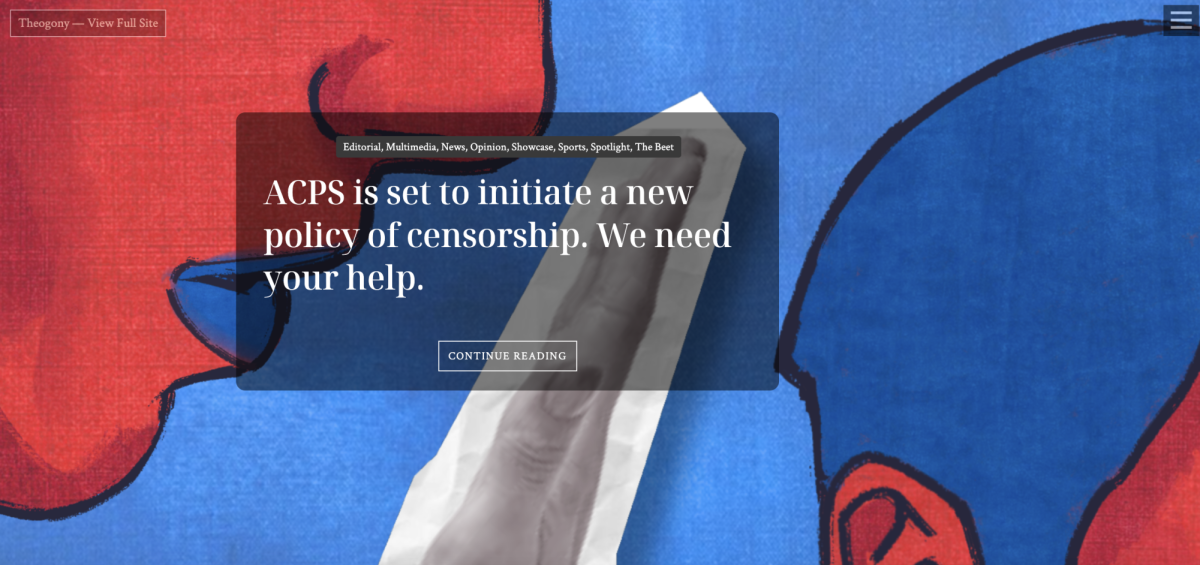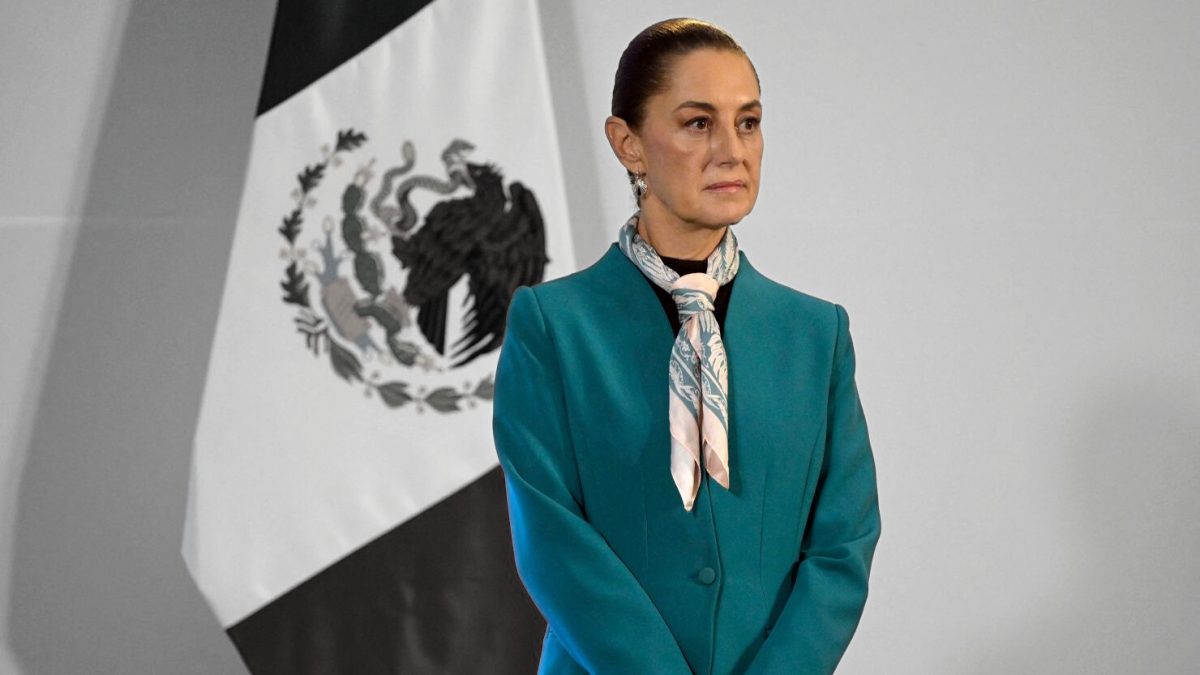Did you know that SSSAS has a sister school? Up until Saints Mission Day in early March, many students at SSSAS may have been unaware that we share a partnership with St. Paul’s School, an Episcopalian Church in Montrouis, Haiti. The partnership once included annual trips led by faculty to Haiti to visit and run a summer camp that was largely organized and run by SSSAS students. At its peak, SSSAS students and faculty helped bring computers and solar panels to aid in the construction of a computer lab while Father Walin, a priest from Saint Paul’s School, visited and gave a Chapel Talk.
Unfortunately, due to the pandemic, natural disasters, and recent violence that culminated in the overthrow of the government, this relationship has been severely limited in recent years. Travel to St. Paul’s has been impossible since 2018. Despite this, there is still a deep connection between our school and Haiti as highlighted on the recent Saints Mission Day.
Montrouis and St. Paul’s School have not been immune to the recent struggles in Haiti. Mr. Yee, Upper School Director of Service and one of the members of the first ever SSSAS trip to St. Paul’s School, has stayed in contact with members of the Haitian community even while travel has not been possible. Due to recent struggles, it seems as though St. Paul’s School is in need of help now more than ever. The SSSAS-run summer camp at St. Paul’s School was put on hold for years following 2018, and after attempts to reopen, the project has struggled.
As Mr. Yee said, “The next year [2022], they [St. Paul’s faculty] had to shut down the school over the summer because of the violence. And then when they reopened, because of safety, and also because of the economic consequences of not having stable employment in this landscape, a lot of students can’t come back to school. And so the school is at enrollment that is much lower than its maximum enrollment and that has all sorts of knock-on effects as far as its ability to budget is the ability to, to keep services and all of that.”
Despite challenging circumstances Haitian culture is still alive, even though it is seldom mentioned when discussing Haiti. One of Mr. Yee’s goals with the recent Saints Mission Day was to highlight the beauty of Haiti, not just the pain and destruction that tends to be seen in the news, “I want people to know that there are things in that community that are truly great. Not only the resilience, past pain, but a beautiful culture, beautiful food and language that they fight to preserve on a daily basis.”
Madame Scott, French teacher and a part of the most recent SSSAS trip to Haiti, keeps in touch with one of the translators she met while in Haiti who has recently been struggling with food insecurity. As Madame Scott explained, “They’re really, really hungry.”
The partnership between SSSAS and St. Paul’s School stretches all the way back to 2011. At the time, Haiti was still in the early stages of recovering from a devastating, magnitude 7.0 earthquake that left over 208,000 dead and 1.5 million displaced, according to the Internal Displacement Monitoring Center.
Father Cavanaugh, Religion Department Chair and Chaplain at the Upper School, experienced the devastation during his first visit to the country saying, “Outside of the gates of the airport, there were thousands of blue tarps that were set up as basically makeshift tents…I also learned that a fairly large portion of the people living in the tents were people that didn’t live in Port-au-Prince, they lived in other parts of Haiti and had moved to Port-au-Prince because they knew that there would be better access to food and water.”
The relief effort to Haiti proved to be a massive undertaking; while huge amounts of money poured into Haiti from all over the world, it had little impact on the lives of daily Haitians. As Mr. Yee described it, “If we [SSSAS] were to go there [Haiti], representing the American Red Cross, there is a kind of uncomfortable and sometimes ugly relationship between international NGO workers and people in Haiti.”
Where Haitians and Americans did share a link was through religion. The Episcopalian Church has a deep history in Haiti dating back to 1861. Father Cavanaugh described this as part of the driving force behind the partnership, “We started the relationship out of the belief that our school had an obligation, but also a desire to connect with schools outside of the US, particularly that might need some assistance from us financial assistance, but also relational assistance. We also wanted to make sure that our students could also gain something by meeting other students.”
The first trip to Haiti with students took place in 2012, and it became a near annual trip for the next six years for students and teachers. Unlike most service trips or international travel programs at SSSAS, one of the ways that SSSAS became involved with the local community in Haiti was through running summer camps. Students worked as the counselors that ran activities with the Haitian students.
Madame Scott was one of the faculty leaders for multiple trips to Haiti and helped coordinate some of these camps. She said, “We know that they love soccer. So we would bring a lot of soccer balls, for example. We’d also have a couple of English classes, where we would show them some children’s books, and we would read with them. They love to color. And so we would communicate through drawings. They love art; we would bring a lot of art supplies.”
While issues in Haiti and the crisis going on there may seem to be a world away, it is important to remember our similarities and closeness. Madame Scott reiterated this saying, “I’d want our students to know, our community to remember that Haitian children, they want to go to school, they want to learn and play just like our students. So we’re very similar in that way.”
In the midst of poverty, St. Paul’s School serves as a vital resource for Haitian children; it provides them with food, an affordable education, and a chance at better economic opportunity. The school provides hope for many Haitians for improvement, and as Father Cavanaugh puts it, “When we’re talking about hope here, we’re talking about the difference between not having food and having food or going on and becoming a doctor or something where you could really give back to society.” This is why staying in school and St. Paul’s School staying open, with enough resources, is of so much importance.
Back in 2016 all of the Saints community was able to learn about life in Haiti and St. Paul’s School firsthand. Father Walin, a priest at St. Paul’s traveled to Virginia and visited all three campuses. As Madame Scott put it, “That was a huge highlight during the real success of our partnership, because, you can visit there, but to have some of Haiti here, present with us was really memorable.” Instead of a group of 10-15 students that were able to learn about life in Haiti, the entire SSSAS community was able to learn from his experiences. Father Walin gave a chapel talk to the Upper School students, in which he thanked the school for the partnership as well as expressed his hopes for it to continue in the years to come.
There are still ways for students to become involved in and help Haitians struggling right now. The first and most obvious solution is money, but there are other steps as well. Education is an important step, especially building upon the knowledge of Haitian culture students gained from Saints Mission Day. Mr. Yee supported this idea as well saying, “If they [students] have interest, I would say, definitely, there are avenues for action…as well as avenues for learning.” This might mean listening to Haitian music, reading nonfiction books, or finding Haitian storytellers.
The usual thought process around a school partnership where one of the schools may be more economically challenged, is that the relationship tends to be one sided. However, the members of the SSSAS community that have been able to visit Haiti and experience Haitian life first hand refute this claim. In fact, Father Cavanaugh believes the opposite of this, “The fact is, our kids, and the adults who went to Haiti, probably have gotten more out of that relationship than what we’ve been able to give to the Haitians. We’ve learned from them in terms of how to make do with very little, our students have learned that you don’t need tons of capital or cash to be happy. They’ve learned that when bad things happen, you keep going, that you turn to the people that you love, and you reach out to people and you keep going by being connected to one another.”
It is an undeniable fact that Haiti has seen more than its fair share of suffering over the last fifteen years. Everything from earthquakes and hurricanes, to corruption and external influences, and more recently gang violence and political upheaval have rocked the country. Still, the resilience of the Haitians remain, as well as the vibrant culture that transcends the present struggles. Now more than ever is the time for SSSAS to stand up and serve as the partner school to St. Paul’s School, as Mr. Yee put it, “When we say that we’re in community with people, we usually mean that we’re in community with people both in thick and thin. And so in order for this relationship to work, we need to know the thick times as well as the thin times.”
